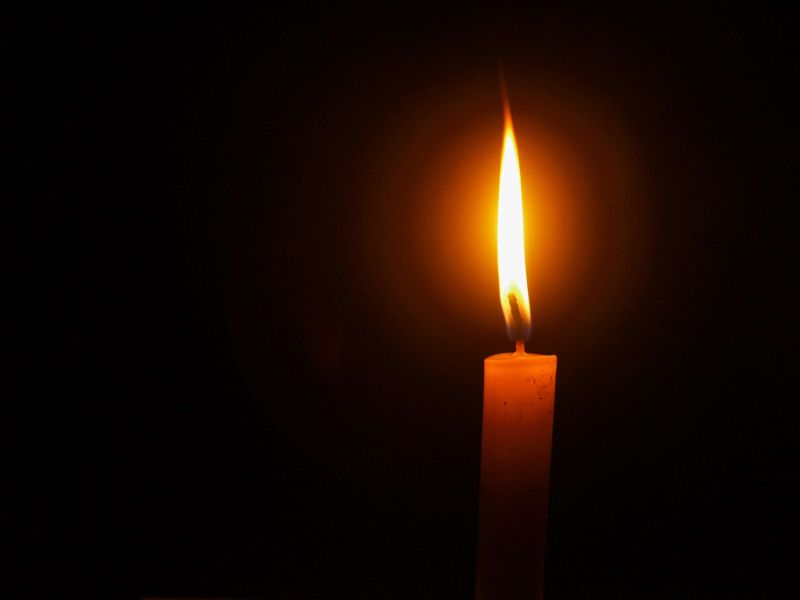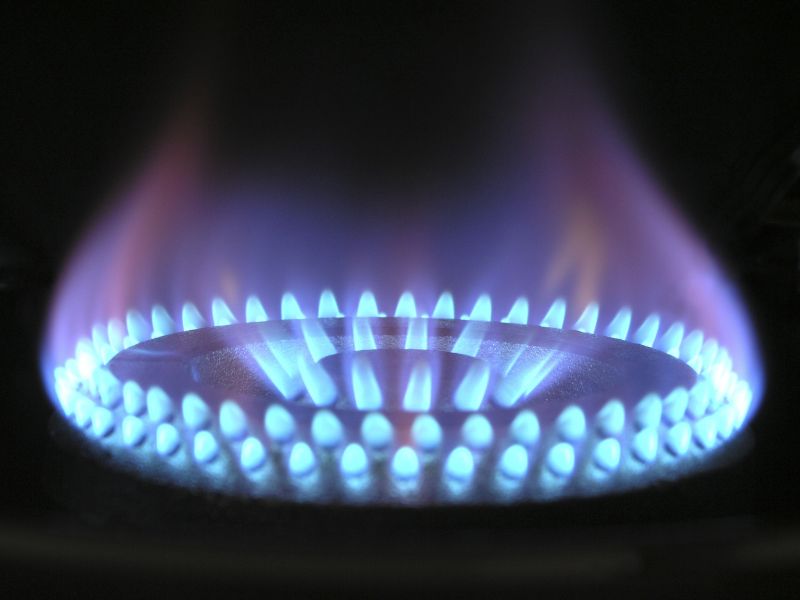Can Fire Be Cold?
We’re used to fire being wild.
Hot. Bright. Fierce.
It crackles in fireplaces, roars in rocket engines, and melts marshmallows into golden goo.
But what if not all fire behaved that way?
What if there were flames that burned quietly, barely glowing — and that felt surprisingly… cool?
Meet the cold flame — a real scientific phenomenon that challenges almost everything we think we know about how fire works.
Let’s step into the strange world of slow combustion, invisible heat, and what might just be the future of cleaner energy.
What Is Fire, Really?
To understand cold flames, we first need to get clear on what fire actually is.
Fire isn’t a thing you can touch — it’s a reaction.
Specifically, it’s combustion: the chemical reaction that happens when fuel reacts with oxygen and releases energy.
In regular fire, like a candle or campfire, that reaction happens quickly — releasing lots of:
- Heat
- Light
- Flame
That’s why fire feels hot, looks orange, and lights up a dark room.
But combustion doesn’t have to be fast or hot.
If the reaction slows down, the same process can happen at much lower temperatures, and without the brightness.
And that’s where cold flames come in.
What Is a Cold Flame?
When most people imagine fire, they picture something bright, hot, and flickering — a candle, a campfire, or maybe a gas stove.
But a cold flame defies those expectations. So… what is a cold flame exactly?
Despite its name, a cold flame is still a real flame. It’s still a form of combustion — a reaction between fuel and oxygen that releases energy.
But here’s where things get interesting:
Unlike the fire we’re used to, a cold flame burns at much lower temperatures — sometimes as low as 150°C (about the heat of an oven), and rarely above 600°C.
That may still sound hot, but compared to the 1,000 to 1,500°C of a typical candle flame, it’s surprisingly gentle.

And unlike regular flames, which glow with orange, yellow, or red light, cold flames are often invisible or pale blue. They release very little light — just enough to register on instruments or faintly glow in the dark under lab conditions.
In fact, for years, scientists didn’t even realize cold flames existed. Why?
Because they’re:
- Hard to see
- Easy to extinguish
- And don’t radiate the intense heat that screams “fire!”
It wasn’t until the 1800s that researchers studying flammable vapors like ether or alcohols began noticing odd reactions — reactions that behaved like fire but didn’t burn like it.
Cold flames were hiding in plain sight, because they didn’t look or feel like fire at all.
How Does Cold Fire Work?
Let’s break it down.
To create any flame, you need:
- A fuel (such as diesel, alcohol, or gas)
- Oxygen from the air
- Energy — usually heat or a spark — to get things started
In normal combustion, once ignited, the reaction quickly feeds on itself — creating heat, expanding gases, and light. This is what gives us roaring fires and hot explosions.
But in the case of cold combustion, the fuel and oxygen react slowly and at a much lower temperature.
Here’s what’s different:
- The flame doesn’t have enough energy to break all the chemical bonds in the fuel
- Only partial oxidation happens (instead of full combustion), which means fewer byproducts like smoke or soot
- The reaction releases less light and heat, but still produces chemical changes and energy
Think of it like this:
A regular fire is like sprinting full speed up a hill.
A cold flame is like walking — slower, steadier, but still moving forward.
And this slow motion fire can happen under very specific conditions:
- In sealed environments, like engines or lab flasks
- When fuel is highly diluted, especially with air or inert gases
- At just the right temperature window, below ignition point for visible flame but above room temp
- With fuels that are prone to slow oxidation, like alkanes, alcohols, or ether vapors
This is why cold flames were first noticed in jet engines, diesel engines, and even space experiments — places where engineers needed to observe fuel behavior precisely, in strange conditions.
And here’s a fascinating twist:
In microgravity (like on the International Space Station), normal fire doesn’t flicker or dance. Without gravity pulling hot air upward, the flame becomes a soft, glowing sphere — and starts behaving more like a cold flame, burning slowly and steadily without the turbulence we see on Earth.
In other words, cold flames might be rare here — but they could be normal in space.
Cold Flames in Space
One of the most fascinating places to study cold combustion science is… space.
In microgravity, flames behave completely differently.
Without gravity, there’s no hot air rising, no airflow pulling in oxygen — so flames become round, smooth, and slow-burning.
Astronauts have observed cold fire in space that looks like glowing bubbles, burning in silence.
These flames offer unique opportunities to study combustion without visible flame — and they could help engineers design better systems for space travel.
Why It Matters
Cold flames aren’t just science fair material — they could change the world.
Studying how cold fire works helps scientists:
- Design cleaner, more efficient engines
- Reduce pollutants from fuels
- Improve fire safety in submarines, spacecraft, or enclosed buildings
- Develop low-heat combustion systems for future energy
They could even lead to less wasteful ways to burn fuel, using the energy we need without the damage we often cause.
This is why researchers see cold flames as a window into next-generation technology — including possibly safer, greener forms of energy.
Still Wondering?
- Can cold flames happen in nature? (Very rarely — maybe in foggy, fuel-rich air)
- Could we use cold combustion in home heating or kitchen stoves someday?
- What else might we misunderstand about fire without heat?
Want to Explore More Smart Science Mysteries?
If cold flames made you rethink fire, you’re going to love what else is hiding in plain sight.
At Quietly Clever, we chase the questions that make you stop and say:
“Wait… what?” — from the smell in the air before a storm to the magic inside your morning toast.
Curious minds are welcome here. Join our cozy corner of the internet 🧠✨


